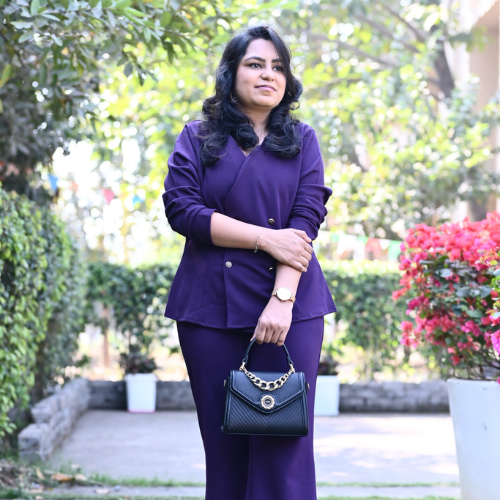
In a world where first impressions are often formed within mere seconds, body language speaks even before words do. Whether in a classroom, boardroom, interview panel, or social gathering—how we carry ourselves silently conveys volumes about who we are, how confident we feel, and how much respect we offer to others.
At the finishing school, we believe that body language isn’t just a tool—it’s a powerful skillset that every individual must master to communicate effectively, radiate confidence, and build trust.
What is Body Language?
Why Body Language is the Need of the Hour
Common Body Language Pitfalls to Avoid
Refining Body Language at the Finishing School
In Conclusion
Words may inform, but body language influences. In every conversation, presentation, or interaction, the most impactful communicator is not the one who speaks the most—but the one whose body aligns with their message.
As we continue to shape confident, elegant, and empowered individuals, we place body language at the very heart of our programs—because how you show up is just as important as what you say.